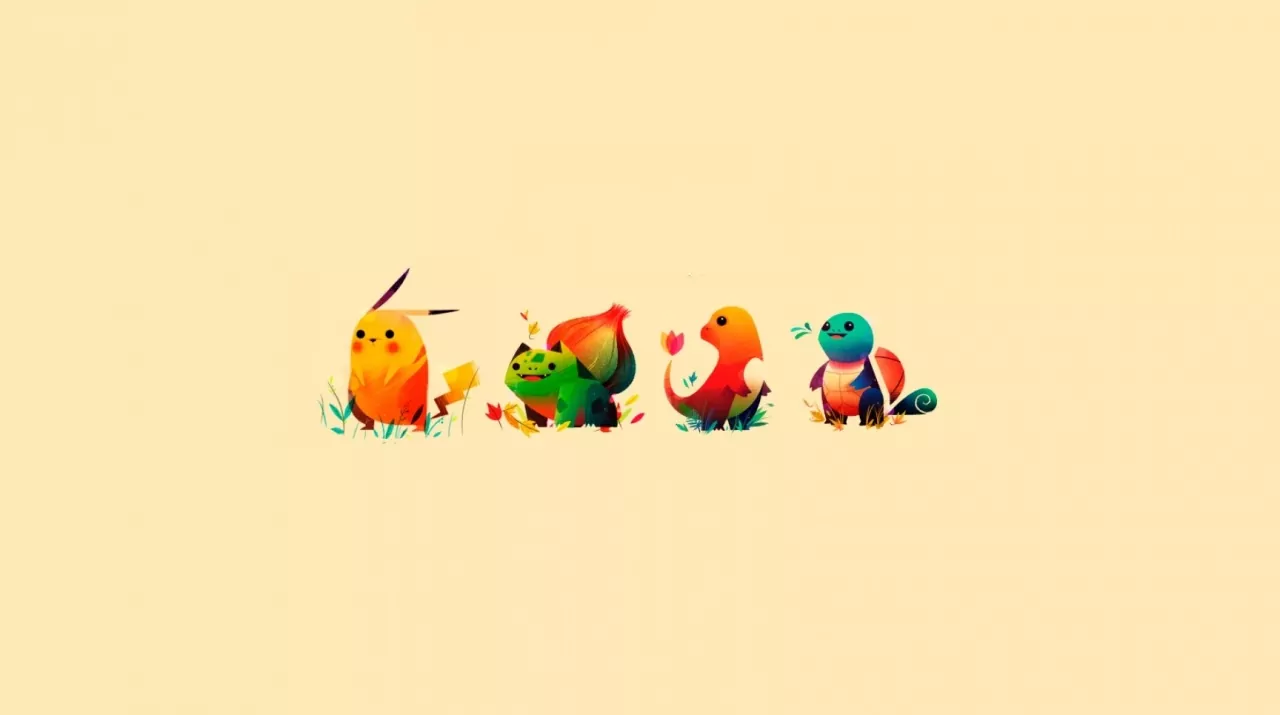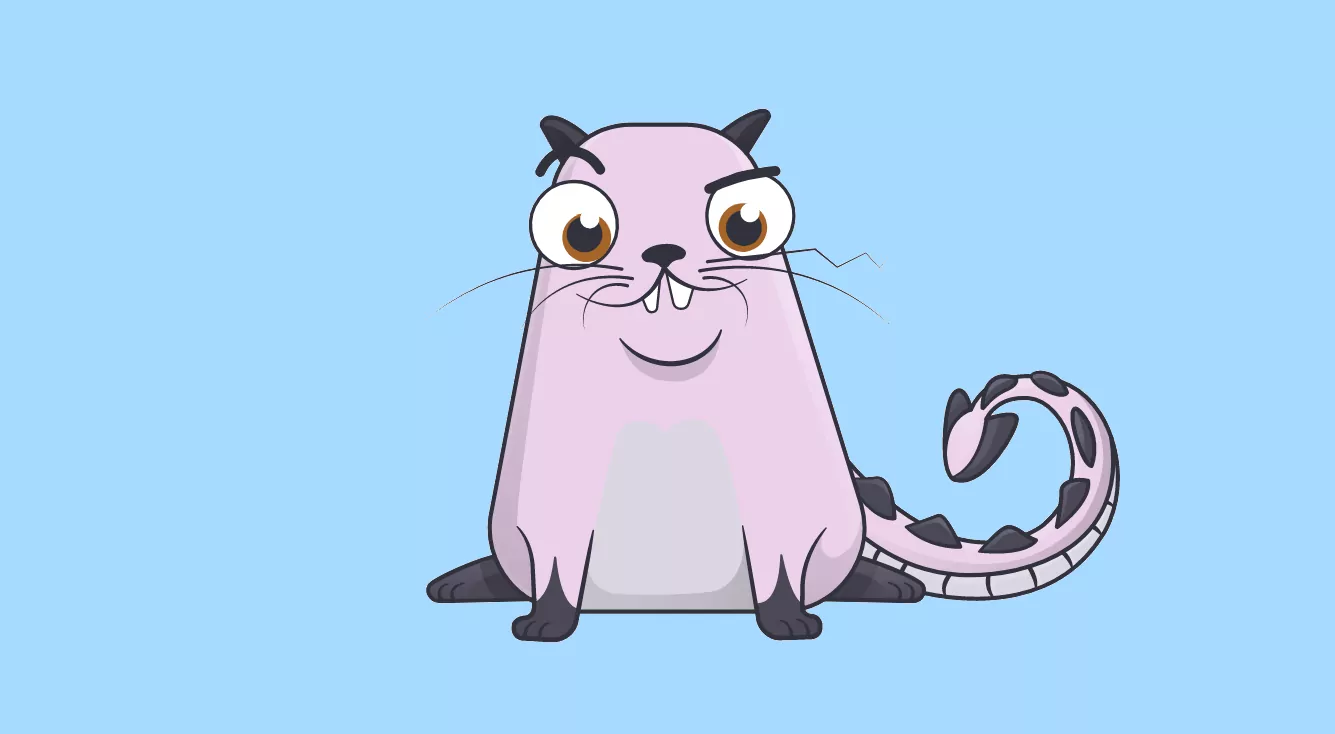Non-fungible tokens (NFTs)

What is "fungibility"?
The units of a currency are "exchangeable" and "fungible", for instance one dollar is equivalent to another dollar. But Non-Fungible tokens are different - each unit is unique and cannot be exchanged for another unit.
In order for something to be classified as an NFT, the following requirements must be fulfilled:
- The units are in short supply (uniqueness).
- They can not be divided into smaller parts, like the penny of a dollar.
- They can not be destroyed / removed.
- Ownership can be verified on a blockchain.
What's the usage of NFTs?
The obvious area of use for NFTs is of course collectibles, such as playing cards, weapons and skins in games, digital / virtual land ownership, digital art and so on. Since each NFT is unique, an NFT can correspond to, for example, a special Pokemon card of which there is only one. That card is of course extremely unusual, and can be priced accordingly. Of course, it has no inherent value, but as usual it is about supply and demand.
NFTs became popular for the first time when CryptoKitties made its entrance - a game / DAPP where you collect unique cats. Each cat was descended from two other cats and got a unique "DNA", and got a unique look, but also verifiably unique on a blockchain.
There are NFTs that are sold for huge sums of money. For example a dragon version of a CryptoKittie which was sold for 600 ETH, corresponding to $950,000 at the time of writing. And that kind of pricing is becoming more common. Of course, many people rightly wonder how the demand can be so great for something that may not have a clear area of use, and the answer can probably be summed up with:
- The feeling of owning something unique.
- Be able to sell the item for a gain later.
- New opportunities and appearances in games.
 CryptoKitty 'Dragon' that was sold for 600 ETH.
CryptoKitty 'Dragon' that was sold for 600 ETH.
The most popular collectibles
Among the most popular NFTs we find right now are:
Marketplaces for NFTs
Some NFTs have their own marketplaces, such as CryptoKitties, while others rely entirely on third parties. An NFT is stored on a blockchain, and are therefore decoupled from centralized websites and games, and can be sent around freely. This means that marketplaces can offer users to outsource their NFTs or offer an auction.
Popular marketplaces for NFTs right now are OpenSea and Rarible.
Technology
Not all blockchains can offer NFTs. It requires, among other things, that you can create unique tokens on the chain, and that smart contracts can be offered. The most common platform / blockchain for non-fungible tokens is Ethereum, but many interesting players are now starting to compete.
ERC-721 was created in early 2018 and was developed to being able to create unique symbols on Ethereum. Since then, it has been almost exclusively this technology that is used for NFTs. Recently, however, ERC-1155 has received a greater focus, and is an improvement developed by the creator of Enjin. It adds, among other things, that each NFT does not have to be completely unique, but can be in hundreds. This makes it much easier for developers to create potions and weapons for example in a game. It is also possible to change ownership of many NFTs in the same transaction, which makes it faster and cheaper.

[Ethereum] (/cryptocurrencies/ethereum.html) is still an expensive and slow network to run games and applications on. When demand pushes, it is not always enough. It also holds back the popularity of NFTs to some extent. However, there are many other blockchains that focus heavily on NFTs, such as Theta Network, Flow, Enjin, Decentraland and WAX.
The future
First of all, we need to solve the problem of scalability. If NFTs are to become the new Pokemon, it needs to be quick to buy and not cost a lot to trade. Therefore, layer-2 solutions will be used shortly, where NFTs are traded on a layer on top of Ethereum. Some projects such as SuperFarm have already started looking at this type of solution. You can retrieve your NFTs to layer-1 (Ethereum) whenever you want, but for a fee.
Another important success factor for NFTs is the ability to move between different blockchains (interchain). If you have a unique unit on Ethereum that represents a playing card, you may want to move it on to the Enjin and have the same unique value. This can be made possible thanks to the blockchains using the same protocol (ie ERC-721).
In the future, an NFT need not only be a collector's item and play, but can represent values in the physical world. For example, show the ownership of a painting, a house or a car. But it requires, of course, that the law of the country recognizes the blockchain as a proof of ownership, otherwise it becomes completely rootless. But many believe that in the future we will have our grades, driving licenses and houses on the blockchain.